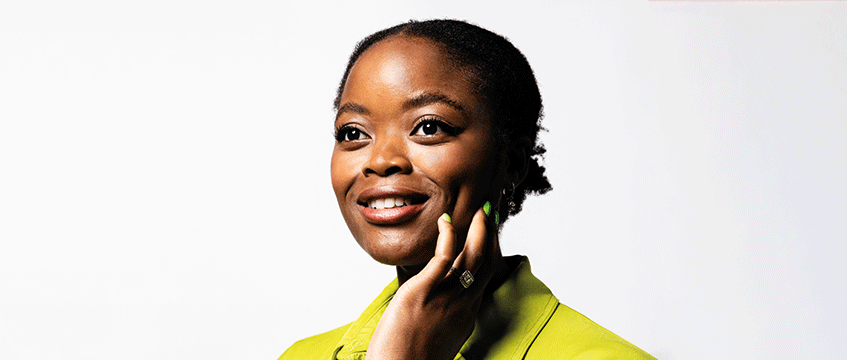COMMENT London is a city known for its cultural diversity, and it is what makes it such a vibrant and exciting place to live. However, in recent years, we have seen an increasing trend of homogeneity in design and placemaking that some may say is causing us to lose the heart of the city’s cultural identity.
As a developer, Londoner and lover of great buildings, I am starting to question what the future holds if we continue the trend and our approach to regeneration.
Regeneration or gentrification?
According to designer Thomas Heatherwick, the problem is that we’re in the midst of an epidemic of boringness. Buildings are becoming increasingly dull and lacking in life and excitement, but it is not solely architecture that Heatherwick believes is at fault. It is also how we use and activate these spaces and the areas between them.
In the development world, we call this regeneration, but to the people displaced by it, it is called gentrification. As much as we want to improve areas and bring in new amenities, we need to be careful not to lose the character and charm of the neighbourhoods we are trying to improve.
I grew up in east London in the 1990s, and what made each area so special was its distinctiveness. Every neighbourhood had its own vibrancy and character, but now it feels like we’re seeing more and more homogeneity. We’re getting the same restaurant chains, architecture, and people everywhere we go. This is where we are losing London’s cultural diversity, and we need to find a way to stop it.
The answer lies in changing our approach to regeneration. We need to pull away from the standardised approach to placemaking and think about what the community really wants to see. We need to honour the culture of the neighbourhoods and invest in the local shops and businesses that are integral to gluing our communities together. These small business owners are often the lifeblood of a neighbourhood, and their displacement can have a negative impact on the area.
Let’s ask what the community wants to see. Honour the culture of the neighbourhood; it is why you invested in the area in the first place.
Engage with the local community to determine what they want and need from their surroundings. Investing in community and green spaces can provide a sense of pride in one’s neighbourhood, promoting social cohesion and making London a more liveable city.
Think sustainably
We need to think about sustainability too. It is not just about the environment, although that is important too. It is about diversifying the appearance of our buildings and using shading to combat overheating. By doing this, we can shake up the architectural landscape of our city and create a more interesting and varied built environment.
And finally, we need to embed art into the process. Art plays such a role in embedding personality into a neighbourhood, and it is an opportunity to express the soul of an area. Let’s infuse it into the design of our spaces and create buildings and public areas that are truly unique and special.
London’s cultural diversity is what makes it such a special and exciting city. But if we’re not careful, we risk losing this diversity to homogeneity in design and placemaking. As property professionals, we have a responsibility to improve the areas we work in, but we also have a responsibility to preserve the character and charm of these neighbourhoods.
By changing our approach to regeneration and putting the community at the heart of our decisions, we can create a more interesting, diverse and sustainable built environment for everyone to enjoy.
Hanna Afolabi is founder of Mood and Space











